Four UvA MacGillavry fellows share their year
21 October 2025
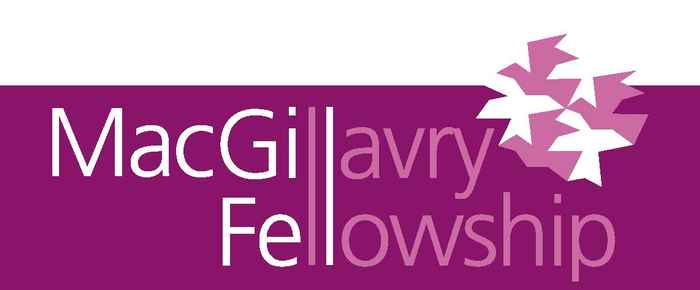
The contribution of female scientists in research and education is very important for the UvA Faculty of Science. In 2010, the faculty launched the so-called MacGillavry program with the aim of increasing the number of female scientists on permanent staff over a number of years. The MacGillavry Fellowship programme, which is named after Professor Carolina MacGillavry, is meant for female researchers with a strong track record and the ambition to obtain a leadership position at the UvA.
Last year, multiple scientists were hired for the research theme Informatics and AI within our Informatics Institute (IvI) and Institute of Logic, Language and Computation (ILLC). We spoke with Siân Brooke, Ana Lucic, Martha Lewis, and Lise Stork about their research and experiences.
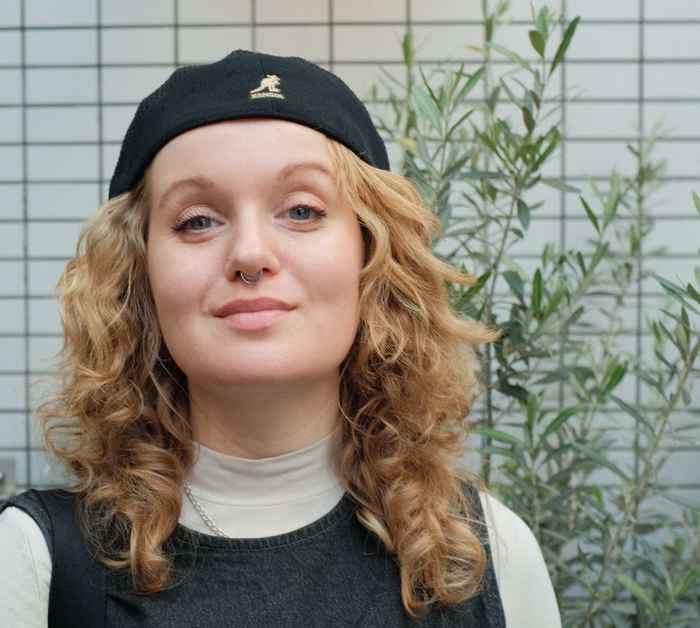
Siân Brooke
Assistant Professor at the Digital Interactions Lab, IvI
Programming environments are often seen as spaces where people create usable tools, rather than as usable interfaces and tools themselves. Therefore, there isn't much work done on improving their usability. Siân Brooke aims to use AI to make programming environments more accessible, particularly for neurodiverse women.
According to Brooke, one of the main hurdles for women in software development is that these environments are often built around a masculine approach to problem-solving. ‘Older schools of thought suggest that making technology appealing to women means making it ‘girly’ by turning it pink,’ she explains. ‘But my argument is different: we can make these spaces genuinely inclusive by designing with women, queer, and neurodiverse individuals in mind. It’s about creating environments that empower rather than patronise, and that invite more people to take part.’
Recently, Brooke was one of eleven Faculty of Science researchers to receive a Veni grant from NWO to further develop their ideas. The past year, described by her as ‘a lot of trying to work everything out as you go,’ has clearly paid off. As the first coordinator of the User Interaction Lab (UIL), Brooke is responsible for overseeing the lab’s resources and technologies that support both teaching and research. ‘We have a very friendly MacGillavry cohort this year, and my research group is super welcoming’, she added. Brooke also appreciates the flexibility she has in shaping her courses. ‘You can really put your stamp on it, and that’s quite fun.’
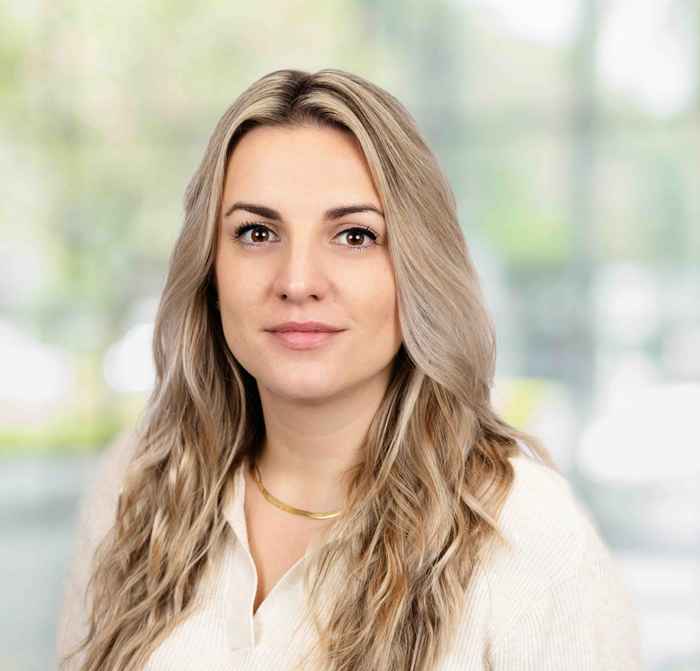
Ana Lucic
Assistant Professor in AI, joint position IvI and ILLC
Although AI models are used worldwide, we don't know exactly how they get to their answers. Therefore, the internals of these models are often called “black boxes”. Ana Lucic, Assistant Professor in AI, is addressing this issue by developing interpretability methods. These methods effectively open the black box and try to understand the inner workings of a machine learning model.
Lucic is also working on machine learning techniques for weather prediction. Recently, she and her colleagues published a paper about this in Nature. Traditional weather prediction relies on running costly and slow numerical weather models. Lucic: ‘When taking a machine learning approach, we train our model on data generated by these traditional models. This allows us to create a machine learning model that mimics the traditional models. Machine learning models are faster to run, so we can make predictions orders of magnitude faster.’
Three years ago, Lucic left the UvA to join Microsoft Research. Last year, she had to readjust to working in academia again. ‘It's quite an adjustment to leave academia, go to industry, then return to academia. There is a lot of balls to juggle, but so far, it's been pretty fun.’ A big advantage of working at the university, according to Lucic, is being around people that work on a wide range of topics. ‘Especially being a part of two institutes, you often get to hear a lot of interesting ideas.’
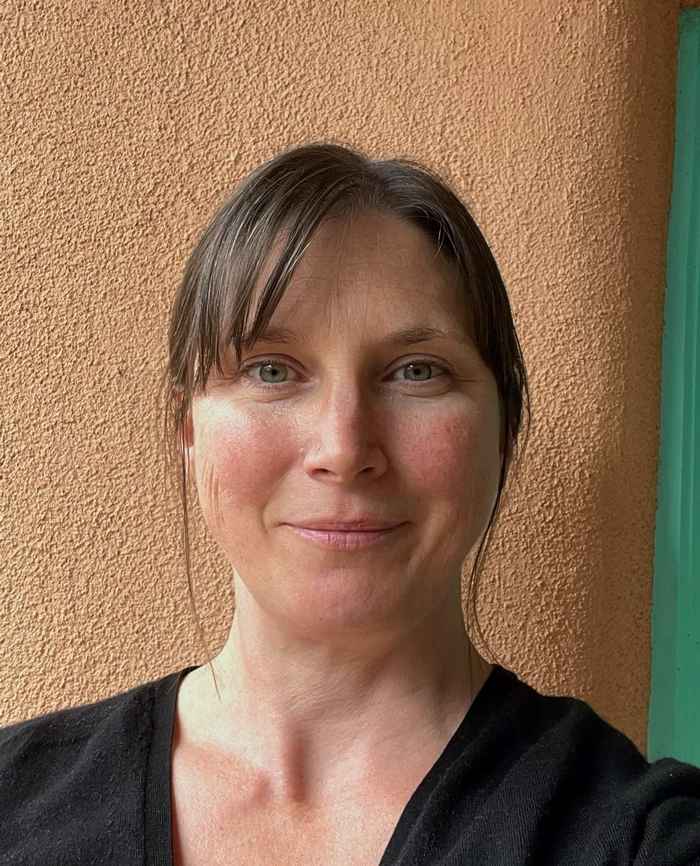
Martha Lewis
Assistant Professor in Neurosymbolic AI, ILLC
While humans excel at flexibly adapting to new situations, AI models like ChatGPT struggle with even slight modifications in many logical reasoning problems. Martha Lewis seeks to improve this by integrating human logic and structures into AI, a field known as symbolic AI. Lewis: ‘We want to combine symbolic AI and machine learning AI, creating models with explainable internals that are theoretically grounded. This allows us to understand exactly how the model works internally and makes it more human-like.’
According to Lewis, it's very important to know how the models work to understand why it gives a certain response. Lewis and her colleagues are developing methods to get to the bottom of these AI models. The challenges in this research mostly stem from the fact that these methods are still in their early stages, and that the AI models themselves are very large, with complex and widely distributed structures. This complexity is actually somewhat comparable to human brains.
For her research, Lewis collaborates with scientists from various disciplines. ‘I worked with researchers at ILLC and the psychology department. Additionally, I connected with researchers in Edinburgh, resulting in an ACL paper. It’s also great that the ILLC is so close to the Informatics Institute here in Lab42.’ Lewis is now also applying for a Vidi grant to help further advance her research.
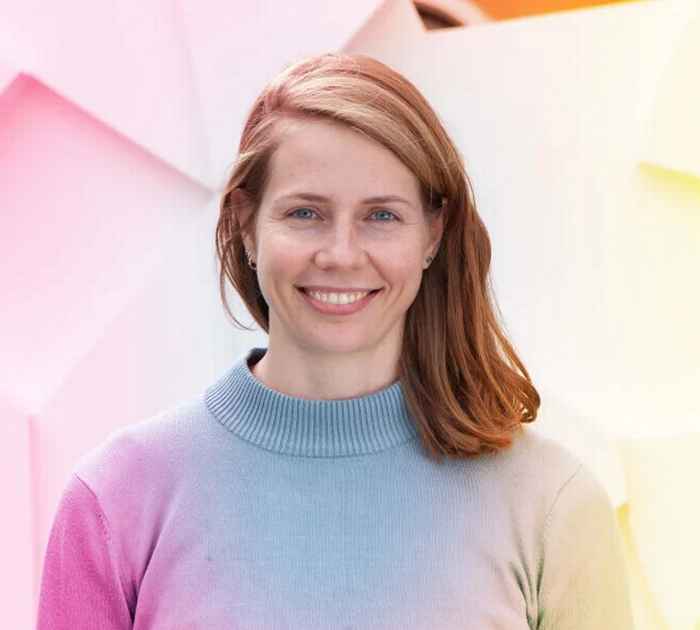
Lise Stork
Assistant Professor at The INtelligent Data Engineering Lab (INDElab), IvI
Researchers are working with increasingly more complex data sets. How can they maximize the use of the data, and share it effectively? This is one of the questions Lise Stork is working on. Stork explains: ‘My research lies at the interface of three areas of research. FAIR data, which stands for findability, accessibility, interoperability, and reusability. Hybrid intelligence, which aims to create AI-systems that augment human capabilities. And e-Science, which focuses on supporting scholars in their work.’
Stork supervises multiple PhD students working on scholarly datasets in various domains. ‘A new PhD student will develop workflows with humans and conversational AI, enabling them to collaborate on how best to describe the context of a dataset to allow for easier reuse.’ Another PhD student is working on multimodal scholarly data. Stork: ‘Scholarly data is inherently multimodal. A PhD student is therefore looking at how he can use different types of data for various tasks such as data integration or quality control to support scholars.’
Over the past year, Stork has enjoyed the transition from postdoc to university lecturer at the University of Amsterdam. In the future, she believes it's important to develop a clear focus. ‘My biggest goal, building on the students I'm already mentoring within my research theme, is to establish a research line at the intersection of hybrid intelligence, FAIR data, and e-Science.’